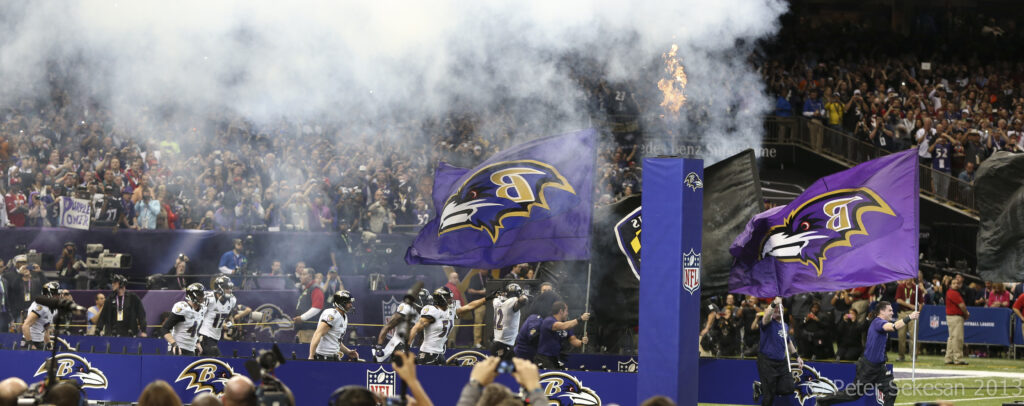The “Black Lives Matter” movement began as a hashtag on social media to spread the word about the racial injustices and murders committed against black individuals in the United States. In 2012, Black teenager Treyvon Martin was murdered, and the activist Alicia Garza made a public statement about the pain and frustration that results from these injustices. Now, a majority of U.S. citizens are familiar with the movement and the strides they have made for racial justice in the nation. The movement has gained traction in part because of black feminists looking for racial and gender equality. The movement is also incredibly inclusive, claiming to be a move for the fair treatment of all people, regardless of their identity (Ransby 2018).
The murder of Floyd in May of 2020 by a white police officer sparked anger and frustration across the nation. Seventeen minutes after a convenience store clerk called the police on Floyd for allegedly using a counterfeit bill, Floyd was murdered in police custody. Former officer Derek Chauvin knelt on Floyd’s neck for at least 8 minutes and 15 seconds, demonstrating an outrageously violent use of force (Hill et al. 2020). Both Black Lives Matter and the murder of George Floyd have gripped the nation, so one may assume that they would be referenced in the advertisements for the Super Bowl, a U.S. cultural event. The Super Bowl is an annual United States football tournament that is known as the biggest advertising event in the country due to the high viewership of the game. It has been estimated that in 2015, a thirty-second advertisement played during the Super Bowl cost around 4.8 million dollars (Chandrasekaran, Srinivasan, and Sihi 2018). In short, the Super Bowl is primetime for corporations that can afford such expensive advertisements. I aim to analyze the relationship between the anti-racist protests of 2020 and Super Bowl advertisements.
